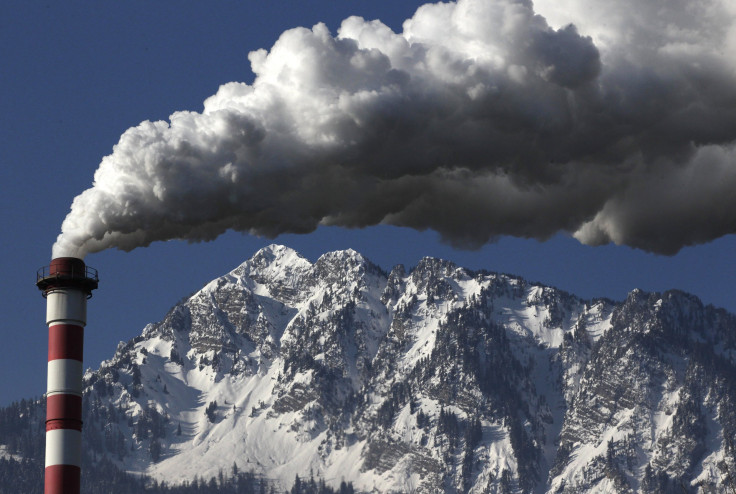Humans Have Been Responsible for Greenhouse Gases Since the Roman Empire

At this point, greenhouse gas emissions, and humans' culpability for them, are as close to a fact as science can get. Researchers had assumed that humans' role in creating greenhouse gases began in during the Industrial Revolution. But Celia Sapart, from the Netherlands' Utrecht University, and her colleagues have found evidence that humans have played a role in the creation of greenhouse gas emissions since the time of the Roman Empire.
What's more, they believe that their findings may mean that scientists should rethink climate change models that did not take human involvement into consideration before the nineteenth century.
The team of multinational researchers, from Denmark, France, the Netherlands, Switzerland and the United States, examined ice cores in Greenland. By analyzing air bubbles trapped in the ice, researchers can identify the levels of methane in the atmosphere when the bubbles were formed. The fraction of heavy and light carbon isotopes, which are the same element with different numbers of neutrons, can also tell the researchers whether the methane came from forest fires, wetlands or other places.
Methane is a greenhouse gas, with 20 percent as much warming power as carbon dioxide, and are naturally produced from natural sources, like forest fires, wetlands and volcanic eruptions. But human actions, like raising cattle and burning fossil fuels, can also produce methane; currently, human actions are responsible for over half of the methane released into the atmosphere.
The study, published yesterday in Nature, found that humans' production of methane was high around 100 B.C. during the heyday of the Roman Empire. Greenhouse gases were produced as the Romans burned down land for crops and expanded their empire. At around the same time, the Han dynasty in China was hitting its peak and was burning large swaths of forest in order to carve swords. At around 200 A.D., both dynasties fell, and the amount of methane in the air dwindled.
Methane production also increased during the middle of the 13th century, when Europe was undergoing a miniature Ice Age and Europeans were forced to burn wood in order to keep warm. During that time, human activity was responsible for 20 to 30 percent of methane production.
Of course, methane production during those time periods was still far lower than it is now. But it does present the question of whether climate change models need to be adjusted in order to more properly portray the past. As the researchers point out, a more accurate view of the past could give us a more accurate view of the future.
Published by Medicaldaily.com



























